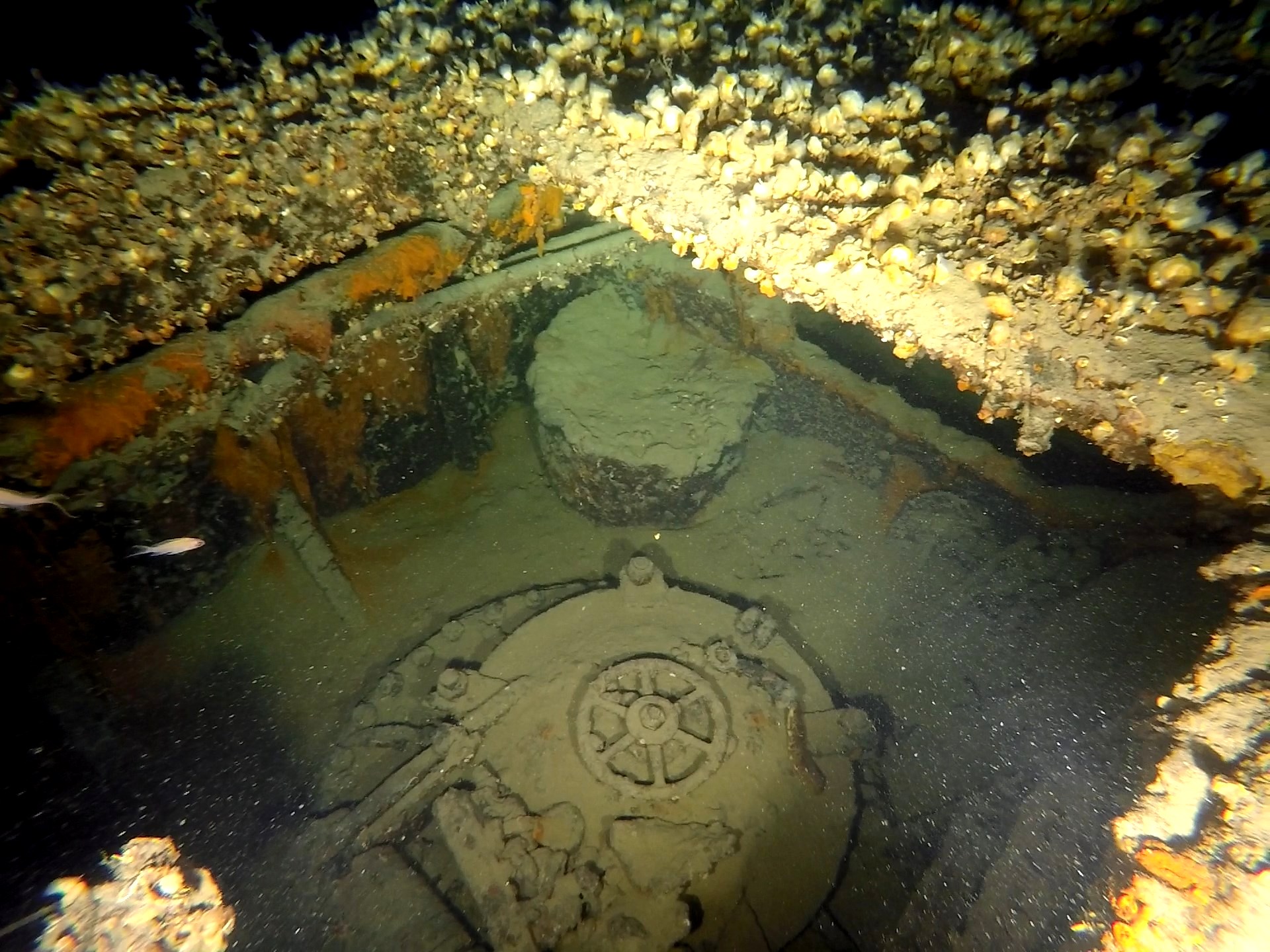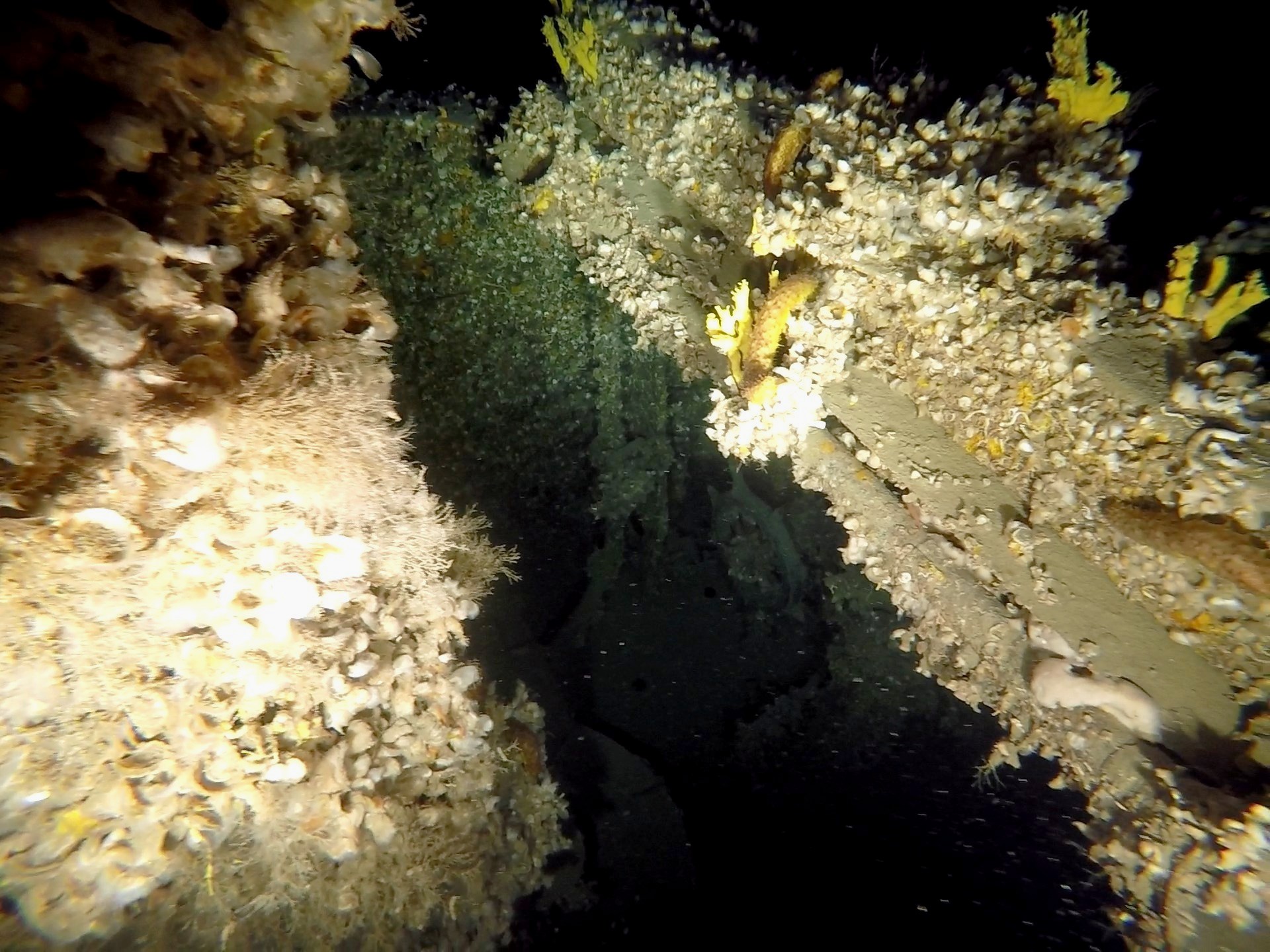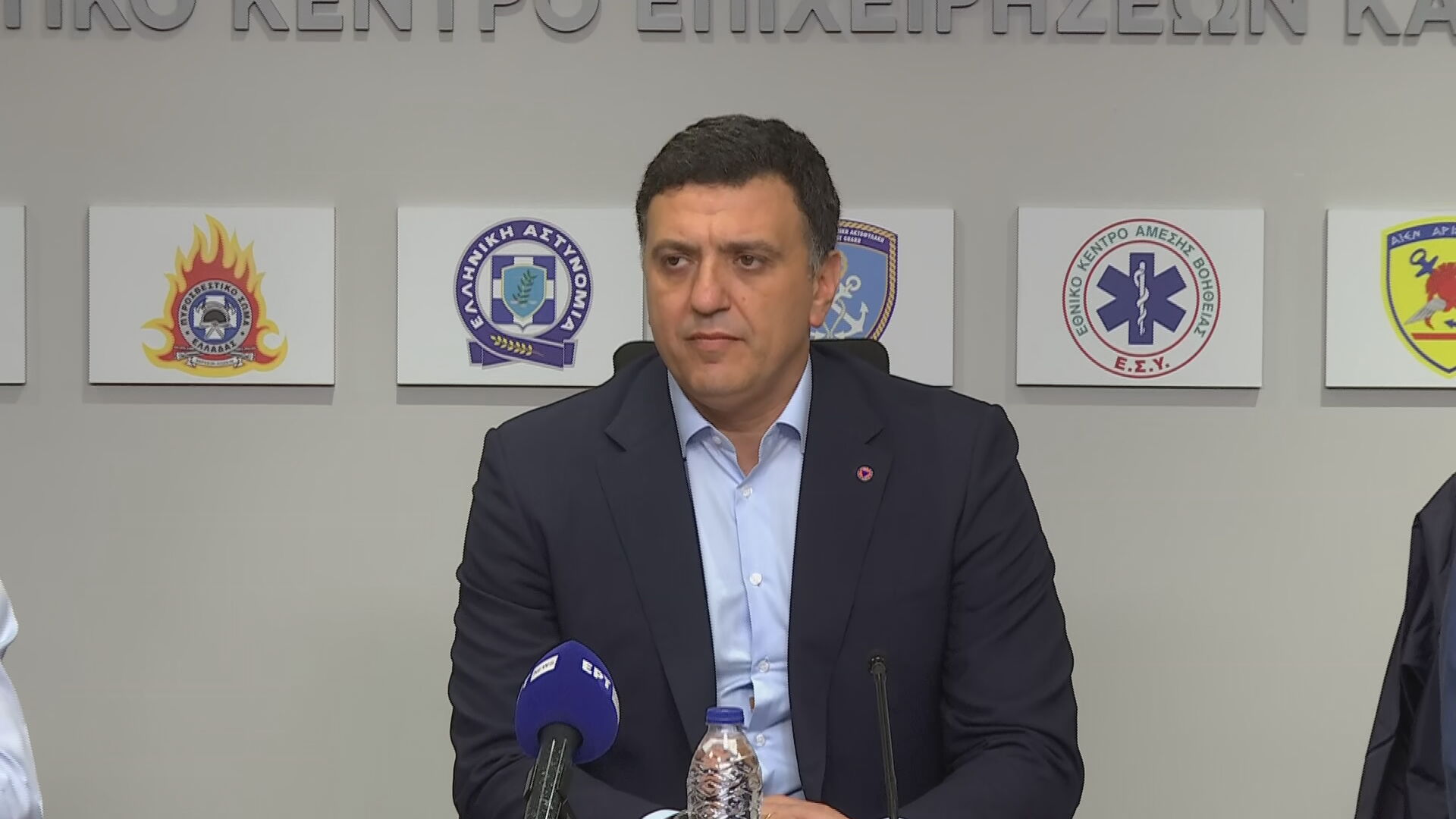
It was found at a depth of 203 meters and after many years of searching British submarine which had been missing since 1942 and sank of its own accord, with a crew of 64.
around Η.Μ.S triumph, which disappeared 81 years ago in the Aegean Sea. Since then, the submarine has been the subject of research by various teams from England, Malta and Russia who have visited Greece from time to time with the aim of finding the missing submarine, but to no avail.
The mystery was solved by researcher Kostas Thoctardis and his team. «The search for HMS TRIUMPH began in 1998. It is the most difficult and costly job I have ever undertaken in my lifeHe says to APE-MEB.The history of the submarine is multidimensional and unique in the Naval Annals because it is closely linked to the national resistance and the secret services of the era that operated in the occupation.he adds.
But what is the key to solving a mystery that has lasted more than eight decades? “Search primary historical sources. It was necessary to conduct an extensive study of the archives both in England and Germany, as well as in Italy and Greece, ”answers K. Thoktaridis.

Victory in the waters of the Aegean Sea
TRIUMPH began its intense operational activity in May 1939. In total, he carried out 20 combat patrols. She first appeared in the Aegean Sea at the end of March 1941 with the aim of reconnoitering the coasts of the Dodecanese and landing officers by boat on the beaches. Great successes followed as several enemy ships and the Italian submarine SALPA were sunk. He performed difficult and dangerous missions with landing agents of the British SOE and MI9 and rescued trapped military personnel who had to flee to Alexandria, Egypt.
The Greek from the secret mission team
On December 26, 1941, the submarine will sail from Alexandria on its final mission Because he will then return to England for overhaul and long-term maintenance. It was his twenty-first patrol. The objective objective of the mission was to carry out two special operations and in between to carry out offensive patrol in a specific sector of the Aegean Sea assigned to it by the British Admiralty and Submarine Command. In addition to the crew, the submarine carried a special team of covert missions.
company”isinglassIt just started with Lieutenant Atkinson, SOE, and Arvanitopoulos Adamantios, radio operator in the Greek secret service who was seconded to the British SOE codenamed Diamond. Atkinson diverted significant financial assistance in cash and gold pounds from MI9 and SOE to reinforce similar numbers in occupied Athens as well as two radios to communicate with Cairo. The second secret mission is called “Coney IslandNew Zealand MI9 Lieutenant Greg undertook to carry out. His task was to coordinate the escape of 30 deserting Britons who were on Antiparos.
The 37th Athenians and the end of the process
On the night of 29-30 December 1941, Triumph sailed into Despotikos Bay, disembarked the task force and unloaded boat fuel and equipment supplies. Among other things, the MI9 optical telegraph for communication with submarines. Triumph’s commander, Lieutenant John S. He would come back to pick them up on the 9th or 10th of January 1942 and take them to Alexandria. On December 30, 1941, at 21:21, the submarine reported with a coded signal about the successful completion of the first stage of the task. This is the last signal TRIUMPH will send.
The SOE’s Directorate of Special Operations provided Atkinson with a multi-page briefing note, with express written instructions “Do not move on the ground». The report mentioned 37 Athenian personalities with their pseudonyms and code numbers in addition to their real names, who were invited by the exiled Greek government to cooperate.
Unfortunately, this project had a tragic end. All members of the Special Operations Team on Antiparos are captured as well as the 30 Britons who escaped by submarine to Egypt. Atkinson’s voucher was found with all classified information leading to more arrests This led to the establishment of military courts and executions of mainly Greek nationalists. Of the allies only Atkinson was executed and the rest were taken to concentration camps.
The final attack south of the Sonny
Triumph continued its patrol making its presence felt on Milos and Naxos. The submarine had 64 people on board: 7 officers, 55 crew members and 2 commandos, who manned the boats carrying supplies and people to and from TRIUMPH. On January 9, 1942, at 11:45, the concrete barge REA being towed by TAXIARCHIS would be torpedoed by TRIUMPH south of Sonny. The report talks about a torpedo exploding on the rocks.
«Recently, in the same underwater area, we located 3 more British Mk VIII torpedoes of the same type as those carried by Triumph and actually within firing range. This fact leads us to believe that Triumph fired more than one torpedo during his final attackKostas Thoktaridis says.
«The last time human eyes saw a TRIUMPH submarine in motion was by an Italian pilot flying in the area. This unknown information that has been lost in oblivion comes to complete other details in the mystery of the history of the legendary submarine. Found in primary sources during historical research, it states that shortly before 12:00 noon on January 9, 1942, an Italian aircraft sighted a submarine 4 nautical miles southeast of Soni.He says. From there traces of Triumph disappear and on 23 January 1942 the British Admiralty stated in a naval signal that the submarine Triumph should be considered missing after a patrol in the Aegean Sea.
Rumors of the submarine’s fate
All these years There have been many conspiracy theories about the circumstances of the submarine’s disappearance. The possible causes were many: from a floating mine on Milos, from a collision with dry land, from a capture by German forces in collaboration with Italian agents, from an accident, from a deep dive, from hitting a mine in known minefields, on Antiparos, it is even a legend story to cover up The shortcomings of the secret services… Everything was within the possibilities, and thus the size of the field of investigation was greatly increased to identify it.
Water grave at a depth of 203 meters
Eighty years later, Kostas Thoktaridis’ team discovered the missing submarine in the Aegean Sea at a depth of 203 metres. “The sunken HMS TRIUMPH that became a sodden graveyard for 64 heroes is awe-inspiringIt is the image it conveys.
The submarine is located at the bottom of the open sea with a starboard inclination of 8 degrees, and it is tens of kilometers away from the coast. Her low periscopes and closed apertures testify that TRIUMPH was in a deep dive during its dramatic final moments. The depth and direction rudders aligned so they were at a constant depth.
On her turret the wooden rudder, compass and 4-inch cannon can be seen and are slightly raised. Facing manholes in the gun compartment leading to the inner part of the hull were also closed. On the front side of the bridge, the door to Venice has opened… All the gates are locked. Throughout the submarine’s hull, the panels and joints are with riveted sheets. The starboard torpedo tube flap, located at the height of the turret, was opened, and the Type Mk VIII torpedo was halfway out of the submarine.
The final cause of the sinking appears to have been a large explosion in the bow of the submarine, who then commanded HMS Triumph at a depth of 203 meters (666 ft). But what caused this explosion, which sank one of the largest submarines at that time? “Our investigation continues, mainly on a historical level as new evidence and facts emerge, which together with the information we now have from the wreck and with the assistance of the Navy’s submarine and torpedo experts will reveal the secrets of H.MS TRIUMPH»Answers by K. Thoktaridis.
Submarine ID Triumph
- The length is 84.28 meters.
- The maximum width is 7.77 metres.
- The keel at the navigable depth was 34 feet (10.36 m)
- TRIUMPH was the only one of this class (T Class) without external torpedo tubes, as they were removed during repairs in 1940 after hitting a mine.

“Hipster-friendly coffee fanatic. Subtly charming bacon advocate. Friend of animals everywhere.”

-og.jpg?t=y7SX8xaU-xsaLEgDfmnp4A)



More Stories
Imamoglu described Hamas as a terrorist organization: “It is carrying out terrorist acts.”
Italy: Meloni steps down in the European elections but remains Prime Minister
The humiliating end of Italian fascist dictator Benito Mussolini